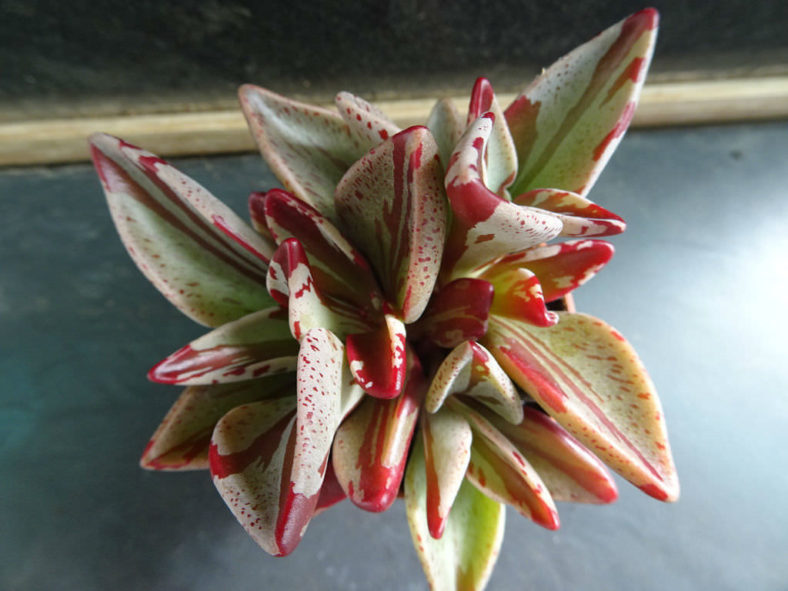Lenophyllum is a genus of seven species of small succulent plants distributed in Texas in the United States and northwestern Mexico. They were included in the genus Sedum in the past. Lenophyllums are distinguished from Sedums by terminal inflorescences, erect petals, and opposite leaves.
The genus name is a compound of two Ancient Greek words, "lenos," meaning "trough," and "phyllos," meaning "leaf."
Lenophyllums grow close to the ground in the wild, creating mats of stems and leaves. However, they are not widely cultivated, so Lenophyllums are still relatively rare in retail markets. The most common species in the genus is Lenophyllum texanum, commonly known as Texas Sedum.
Growing Conditions
Light: Always grow it in full sun.
Water: Water is abundant from spring to late summer, gradually decreasing in amount with the arrival of fall until it suspends during the winter.
Temperature: Do not leave it below 40°F (5°C) during wintertime.
Soil: It can grow well even in fertile soils if well-drained.
Fertilizer: During summer, it is recommended to use a balanced liquid fertilizer every 6 to 8 weeks.

General Care
Like most desert plants, Lenophyllums are drought-tolerant and do not tolerate wet soils, especially in winter. Their small tufted habit makes them great plants for rock gardens or containers. Once established, they will produce stalks with small yellow flowers.
Repotting is not very practiced because it is likely to lose the ornamental aspect of the plant. The pruning is usually limited to the elimination of damaged parts.
Propagation
Plants of the genus Lenophyllum multiply well by seed, cuttings, or division.
Lenophyllums are easy to propagate by simply sticking a leaf in a pot of soil. The leaf will root in and start growing with little care.
Sow at a temperature of 66°F to 75°F (19°C to 24°C), using a wet mix and damp sand in a shaded area, and be careful not to water too much until germination.
Links
- Back to genus Lenophyllum
- Succupedia: Browse succulents by Scientific Name, Common Name, Genus, Family, USDA Hardiness Zone, Origin, or cacti by Genus